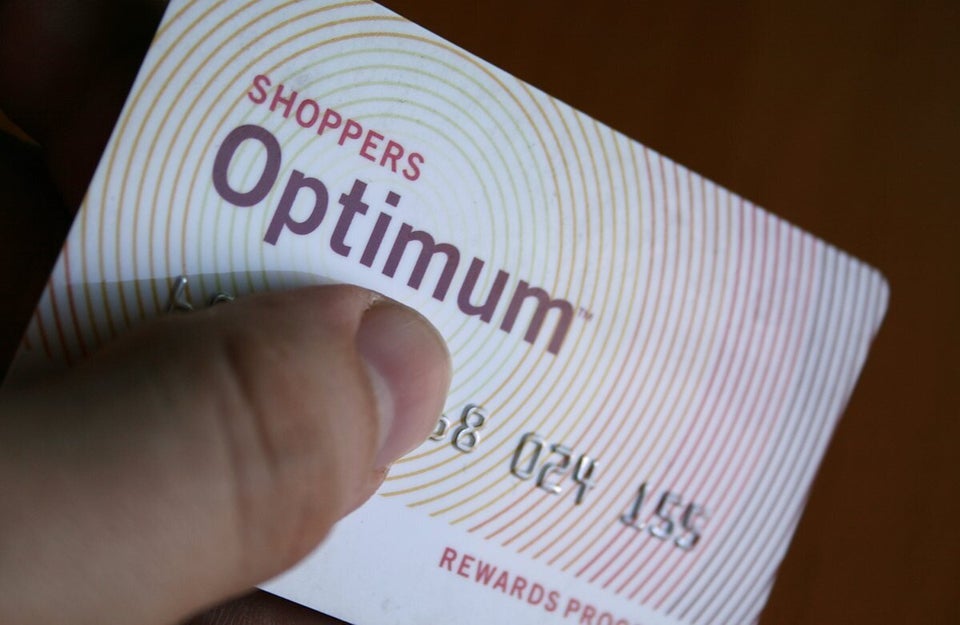
Last week saw the gathering of over 300 ad agency folks at the annual British Columbia chapter of the American Marketing Association (BCAMA). The topic for debate was all about trends for 2013. It became apparent that there was no one single thing for us as marketers to focus on, but more like a top 100 list.
As a scientist, I had the need to simplify, to distil the vast array of new platforms and buzzwords into a crystal of something purer that centrally links such trends. Throughout this process, the one link that kept rearing its head was "relevance."
Relevance in a marketing sense pertains to those brands that build a strong emotional relationship with their consumers, thinking less of scripting their product broadcast and more about how they can deliver relevance in people's lives.
To help illustrate the value of relevance, I thought about brands that have put this very thing before their product message. I wanted to share just four (new and old) examples which might help inspire some more relevant thinking in 2013.
Eat. St. iPhone app
The days of old when people would bring packed lunches to work are slowly in decline. Visit any food destination in Vancouver, and you witness the traffic of takeout boxes and bags.
In response to the demand for good food quickly, we've seen an increase in enterprising food retailers and the growth of Vancouver's own food trucks (we have about 100 carts in Vancouver now, with an expected growth of 30 per cent in 2013).
The real challenge with this new culinary offering is not only being able to find the right cuisine for your palate, but then the best cart in a time-starved lunch "hour," which these days is more like 30 minutes.
The Eat St. iPhone app aims to solve this dilemma by making it super easy to find the right food at the right place on the right day. So maybe you want to find the nearest Mexican option, or the most popular of the day, or perhaps you just want to be inspired into trying something new; Eat St. helps you, whichever way you want to go.
Over time the app learns of your hits and misses and helps avoid any disastrous dining along the way. This is an app that's purely "relevant" to Vancouverites everyday lives, and popular as a result.

Nike FuelBand
The Nike FuelBand has to be one of the best examples of consumer relevance too. This simple plastic band has helped many of us slowly learn that fitness doesn't just live in the gym. The Nike FuelBand is the key to visually connecting keeping fit to the movement we make in our everyday world — walking up the stairs, walking to work, running.
Of course, in a world where being "outdoorsy" is a big part of our culture, being able to convert that walk around the seawall or doing the Grouse Grind becomes a significant advantage to us all.

Pain Squad mobile app
Relevance is also being used to help solve real issues within the healthcare system. Take the Pain Squad mobile app from the Hospital for Sick Children in Toronto. Every year, thousands of kids who are battling cancer come here for treatment. A lot of the treatment is painful so it's key to manage meds to minimize pain but ensure efficacy. Historically pain was managed with a simple "pain diary." However, a lot of the time post-treatment, kids were too tired or discouraged to fill in their diary, which made optimizing almost impossible.
The solution was to build an app that was not only easy to use (kids could point to a chart and the part of their body that hurt and use a sliding scale to indicate the level of pain) but by using a story line, the whole experience of "crime-busting pain" ensured data was submitted every day (essential for dosage optimization).
Today, a major determining factor in our travel destination is our social network. That random photo from a friend who is on holiday can trigger our desire to jet there too. And even then, our minds are still open and easily hi-jacked by other destination stimulus right up to the point of booking tickets.
Explore Like A Local mobile app
It makes sense then, as a tourism organization, to fuel the social channels with the right amount of imagery for your resorts and locations. So how do you do this whilst also making it easy for people to research and plan a trip? The Canadian Tourism Commission answered this question with their Explore Like A Local iPhone app. It includes everything from being able to browse and select experiences, secure local tips, and then turn this into your itinerary, share it with your friends, and then take it on the road with you to make exploring easier.
So in 2013, what's the ONE thing that will help you build your brand and connect with your consumer? Think less about what you're going to broadcast as a product message and more about what you can offer your consumer that's relevant to their lives.
